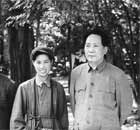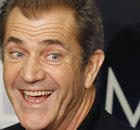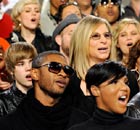Top Biz News
Beijing doubles parking fees to ease downtown traffic
(Xinhua)
Updated: 2010-02-02 17:31
 |
Large Medium Small |
Beijing will double daytime parking fees in downtown areas from April 1 in order to curb traffic congestion, said the municipal planning authority Tuesday.
The municipal committee of development and reform issued the notice on its website, stating the highest parking fees would be 10 yuan ($1.46) per hour in 13 zones, including shopping districts, railway stations and central business districts.
The new rule also allowed toll collectors to raise the roadside parking fee to 15 yuan per hour on cars that park for more than an hour, said a spokesman with the committee.
"The new parking pricing should also encourage motorists to choose underground parking lots instead of roadside parking. Underground parking lots will be priced at 6 yuan per hour in the 13 zones," he said.
The hike is the latest measure to control the number of vehicles on roads, after the committee prolonged the transport measures from the 2008 Olympic Games to restrict the road traffic by the last number of the car license plate.
More than 800,000 extra vehicles came on to Beijing roads in 2009. The total number has hit 4 million, of which more than 80 percent are privately owned.
| ||||
"Our target is to increase the city's public transport rate to 40 percent this year," he said. The rate was 38 percent last year.
The rate measures the proportion of local residents using public transport for their daily commute, and was above 70 percent in big cities like New York around the world.
Vice mayor Huang Wei said the odd-even number traffic controls helped keep about 800,000 cars off the roads each weekday.













